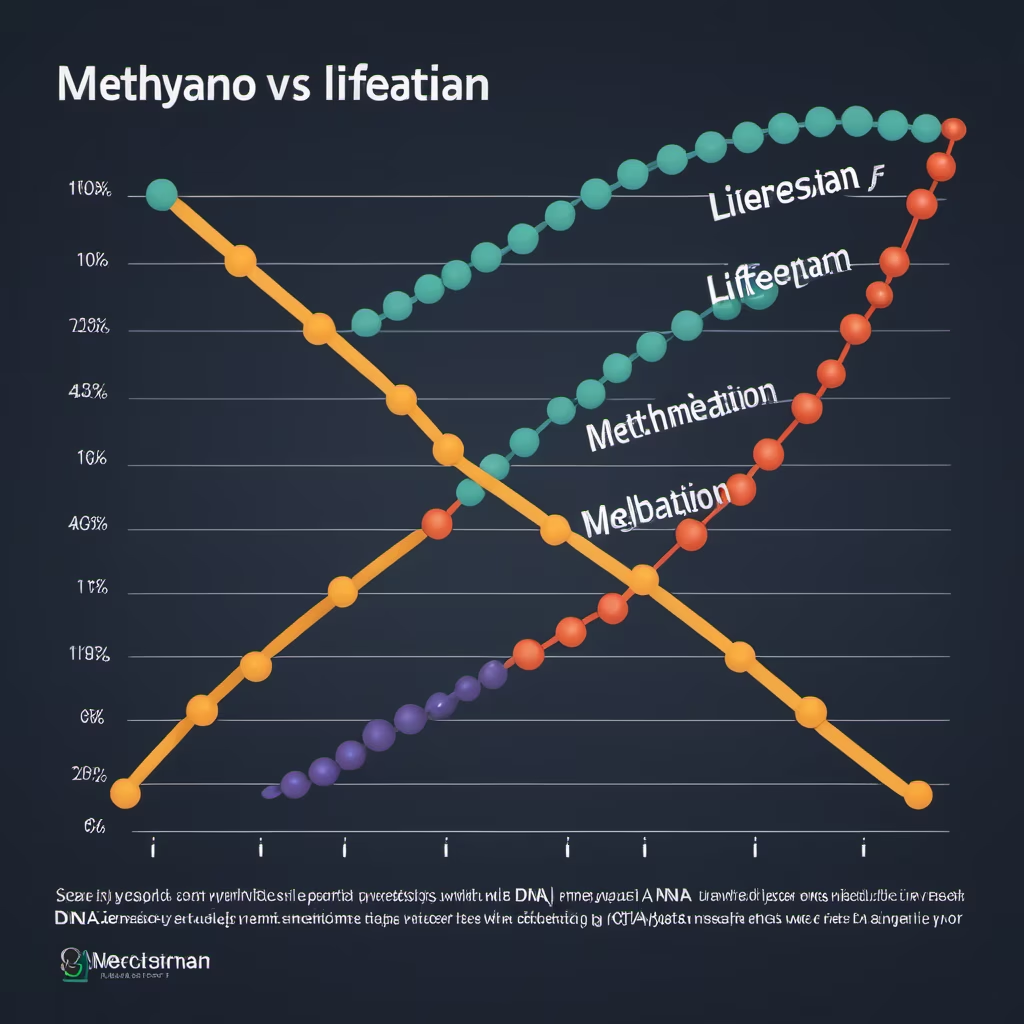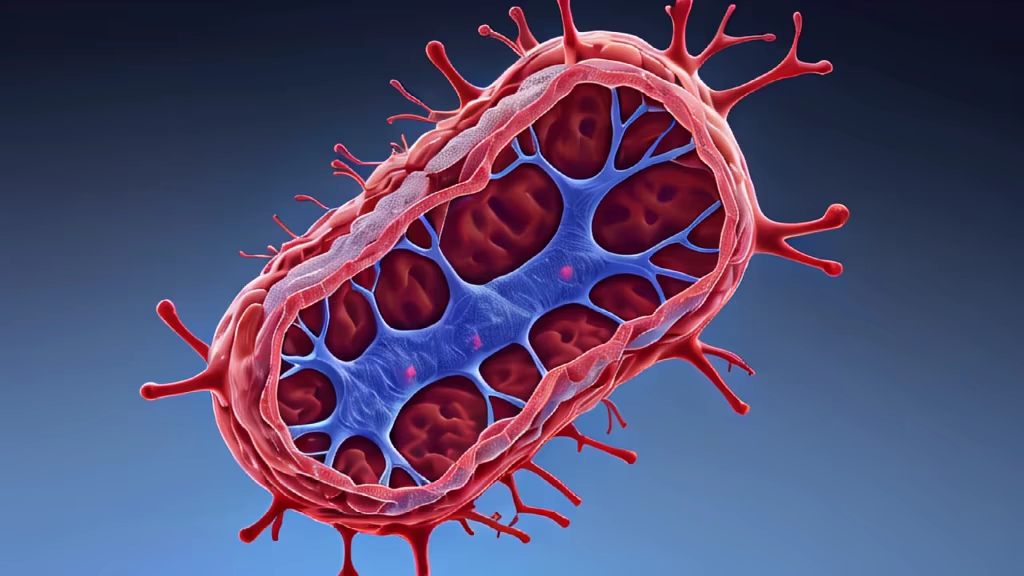Prompt: schematic illustration pointing protein agregates, vascular dysfunction, mithocondrial dysfunction, oxidative stress ionic imbalance and glutamatergic excitotoxicicity to neuronal damage






Prompt: Demonstrating the role of probiotics in the intestines, illustrations can present scenes of microorganisms forming an ecological balance in the intestines. This can include graphics of microbes, their interactions with intestinal cells, and overall gut health、cartoon




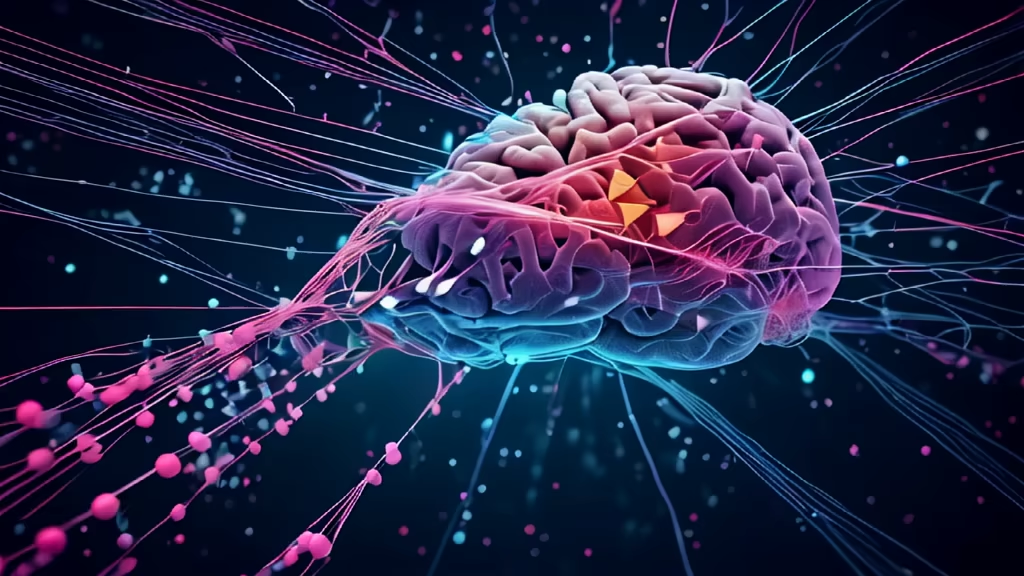



Prompt: skin ultrastructure, microscopic features. epidermis, dermis, collagen fibers, blood vessels, and any notable structures, keratinocytes, melanocytes, and sebaceous glands. cell layers, tissue organization


Prompt: schematic illustrates transition zone of functionally graded material, which is varying from a metal material to another ceramics material

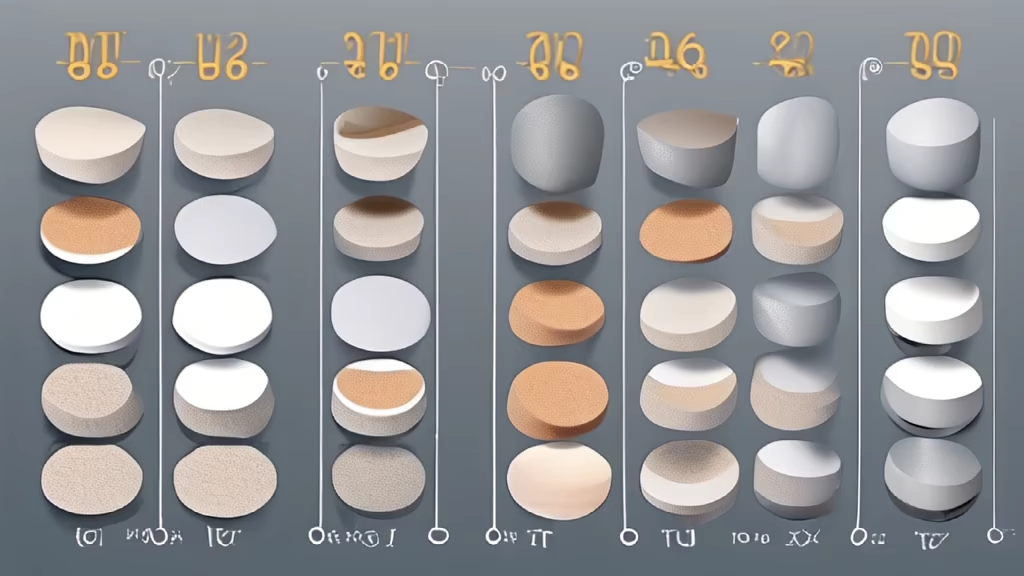
Prompt: schematic illustrates transition zone of functionally graded material, the transition zone is varying continuously from one material to another , one object, clear and concise without words

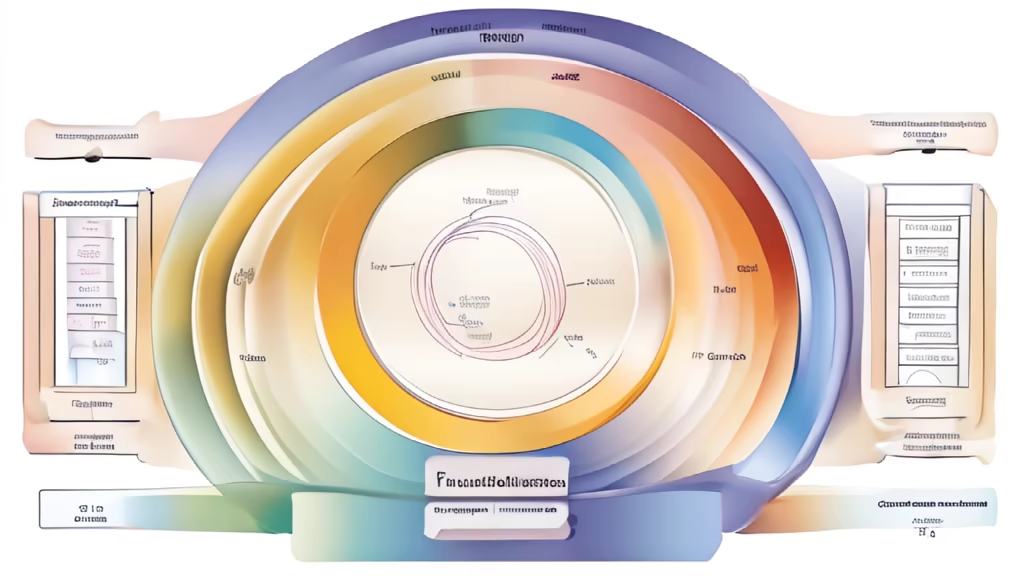


Prompt: retinal complexity with ocular divisions. psychtropic elevation, archaic intonation, rhizomatic deliberation, fractal emancipation. spherometric projection, networked fission.




Prompt: Cellular anatomy, gene expression, nucleic acids, mitosis and meiosis, chromosome structure, DNA sequencing, proteomics, transcriptomics, cell signaling pathways, epigenetics, CRISPR technology, bioinformatics, microscopy, 3D cell models, cell division, gene regulation, genome editing, cell differentiation, cell communication.

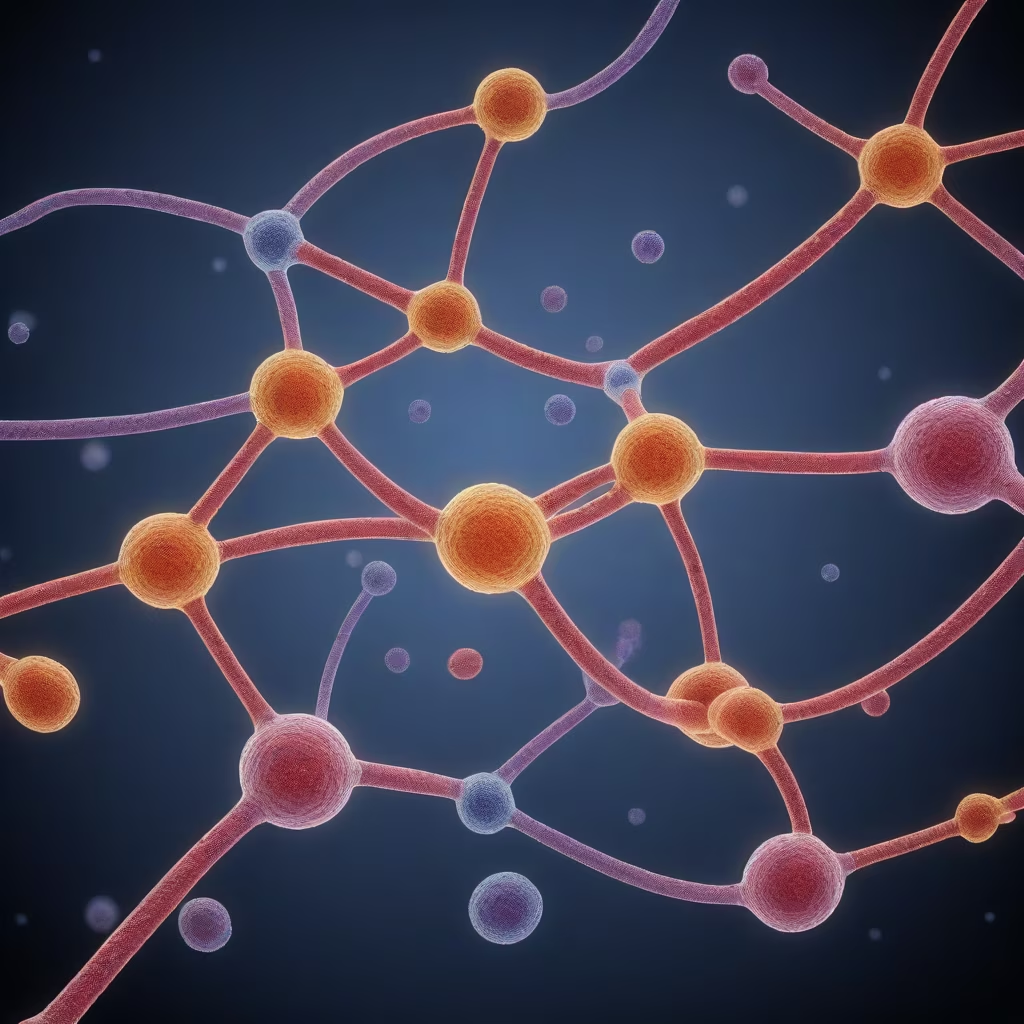






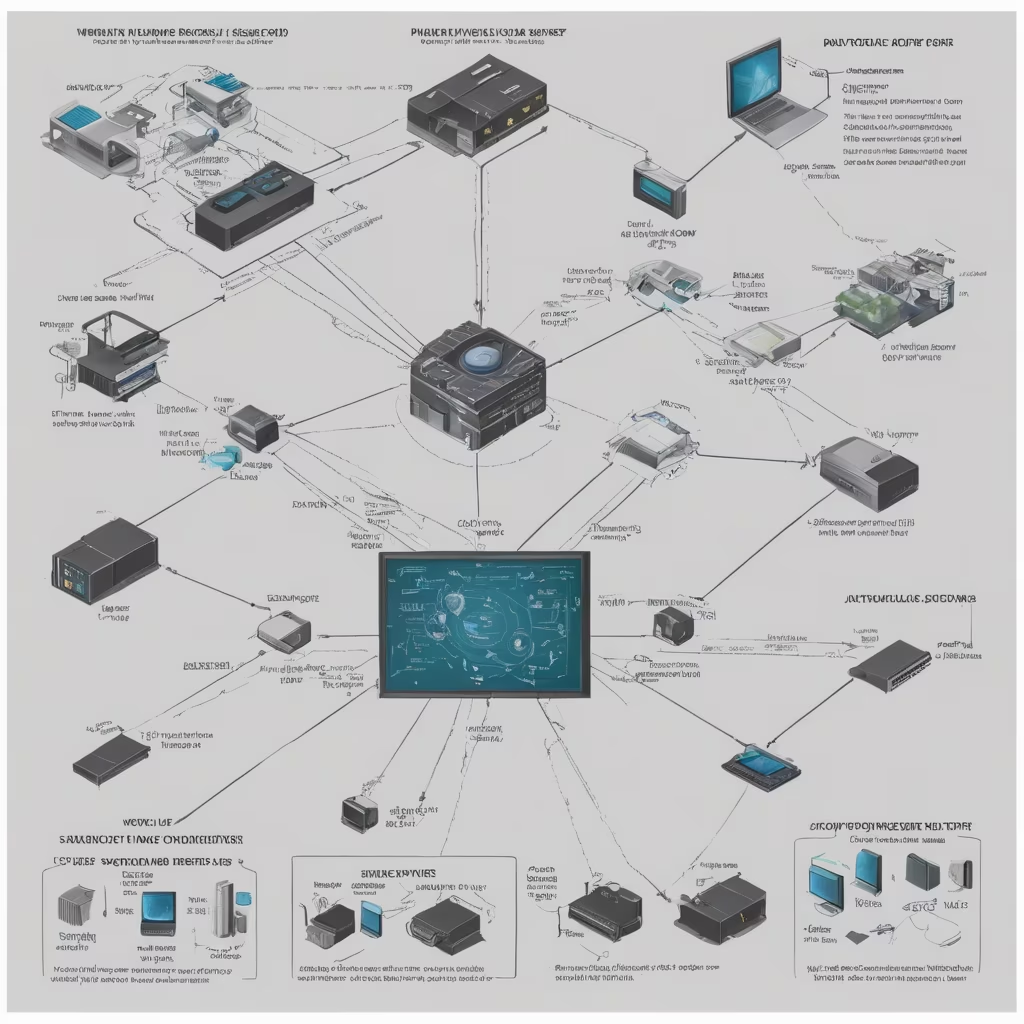



Prompt: flow diagram for a scientific research paper, no text in the picture, sketch style, no artistic processing,
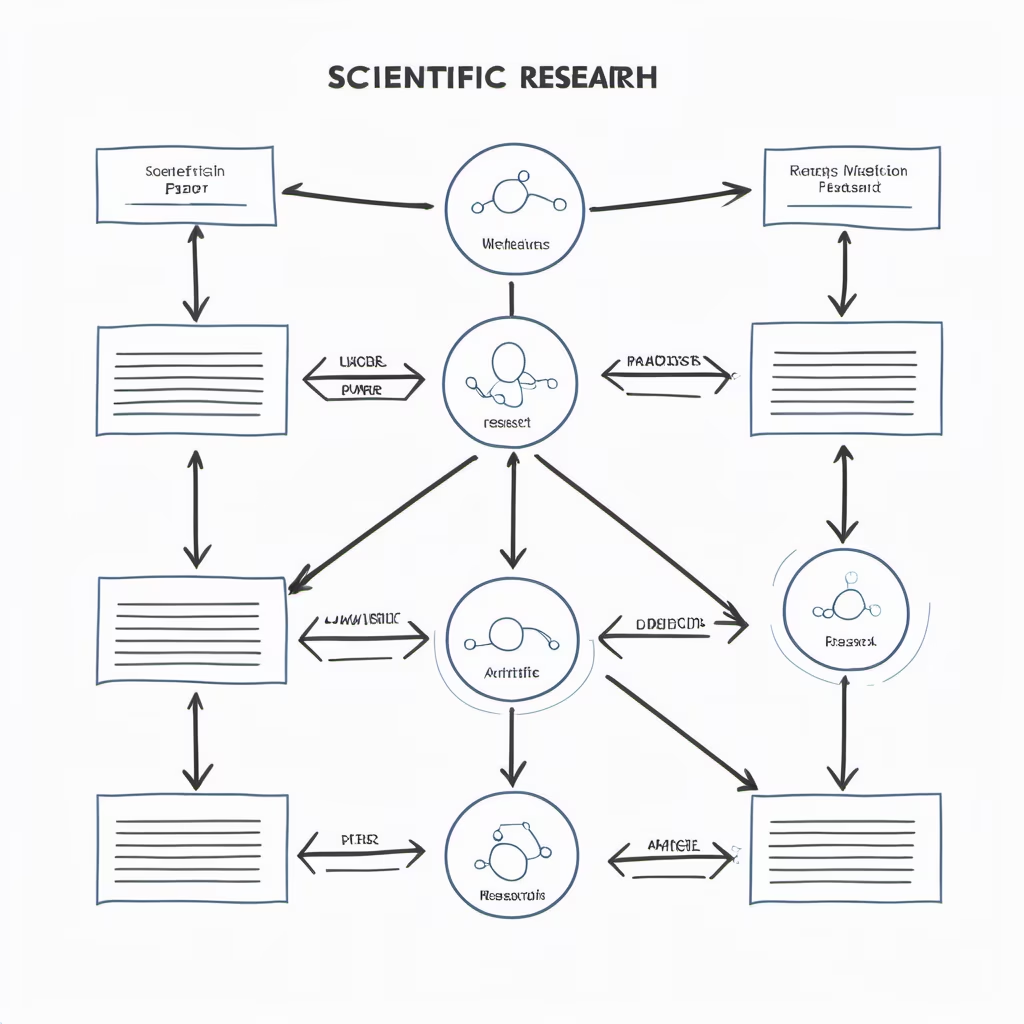

Prompt: breathtaking professional award-winning photograph of a scene called Neuronal Communication: A neuron transmits an electrical signal down its axon. The scene is a cascade of ionic changes along the cellular membrane, a rapid-fire relay of electrochemical messages. At the synapse, neurotransmitters are released, bridging the gap to the next neuron, a critical moment in neural communication. a dense, crystalline molecular structure, shimmering in shades of gold and bronze, set against a dark, richly colored background


Prompt: Neurons Size: Neurons of different sizes Color: Neurons of different colors Shape: Round, oval, or polygonal shapes Neuronal signals Color: Red, green, or blue colors Shape: Round, oval, or polygonal shapes Direction: Emitted from one neuron, transmitted through synapses to another neuron Synapses Shape: Round or oval shapes Color: Black or gray colors Other Background: Can use white, black, or gray colors Details: Can add additional details, such as the nucleus of the cell on the neuron or the texture on the synapse

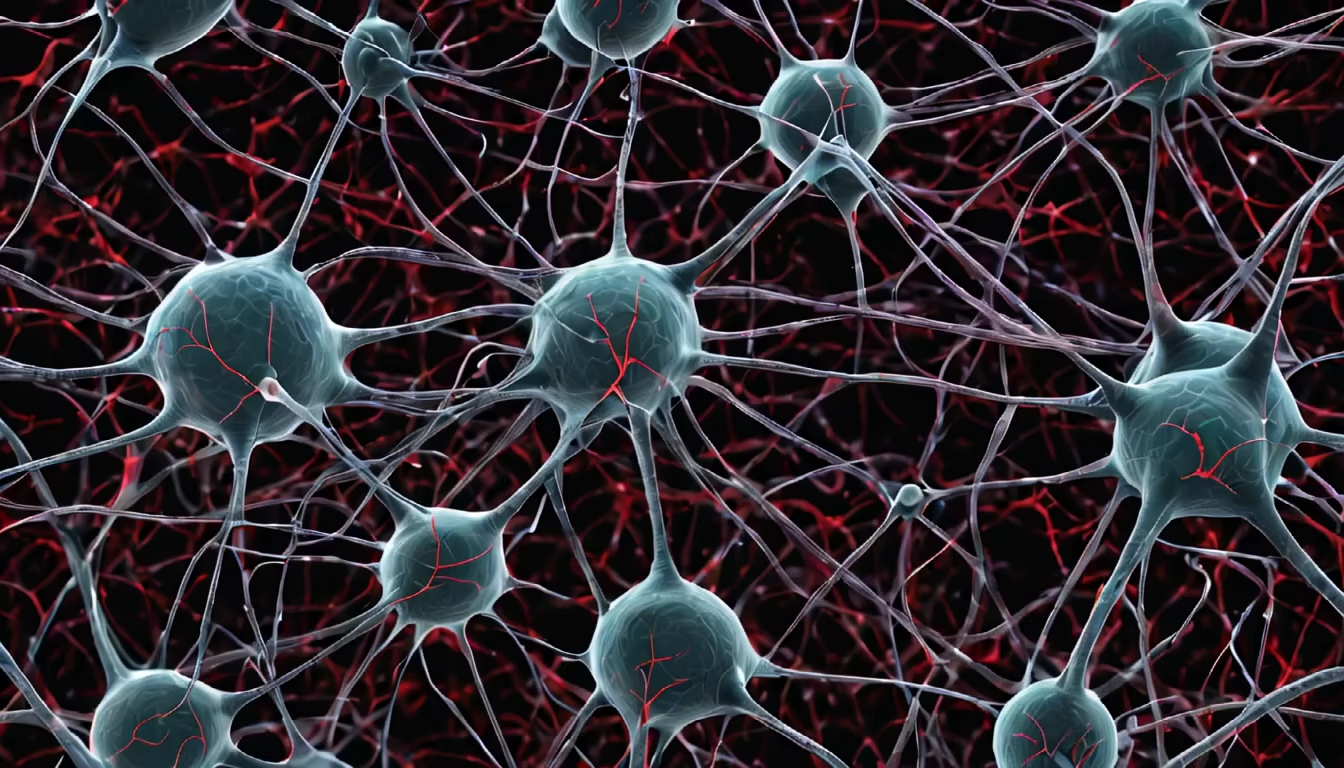
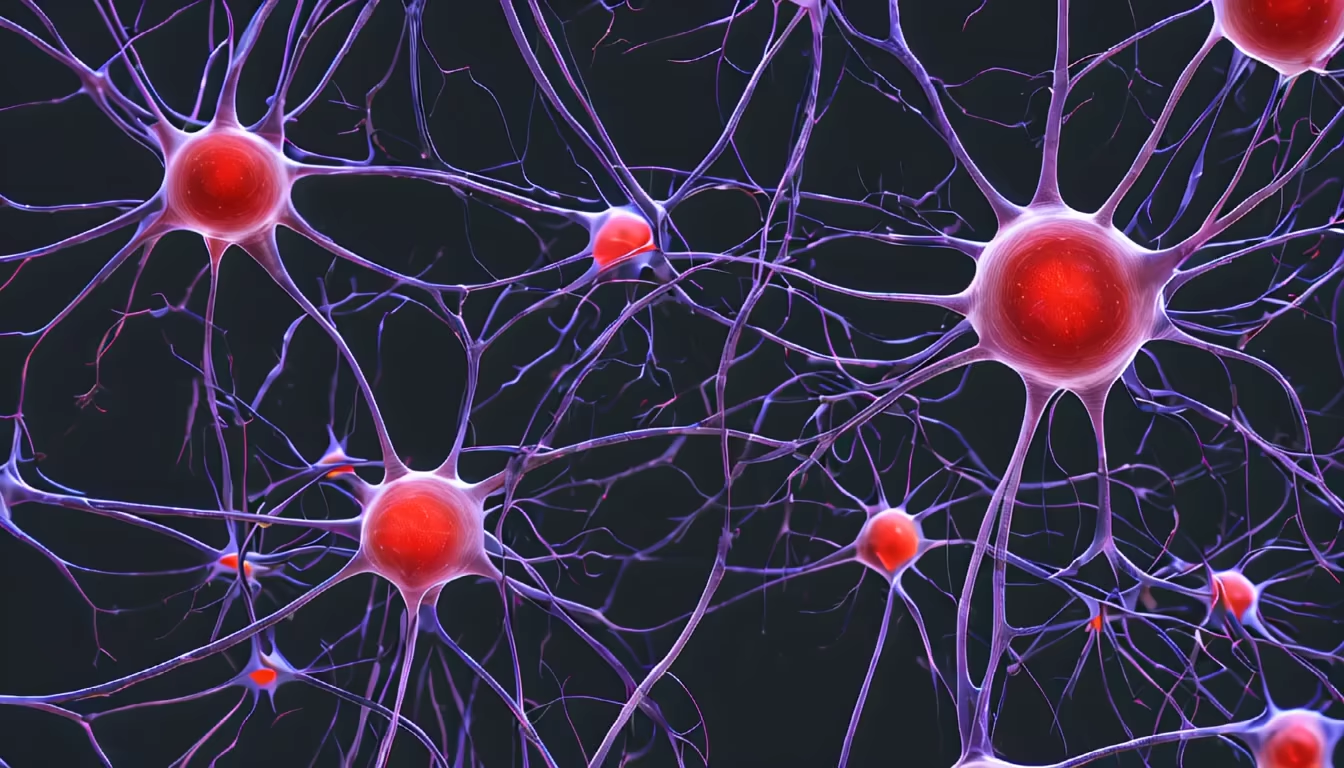
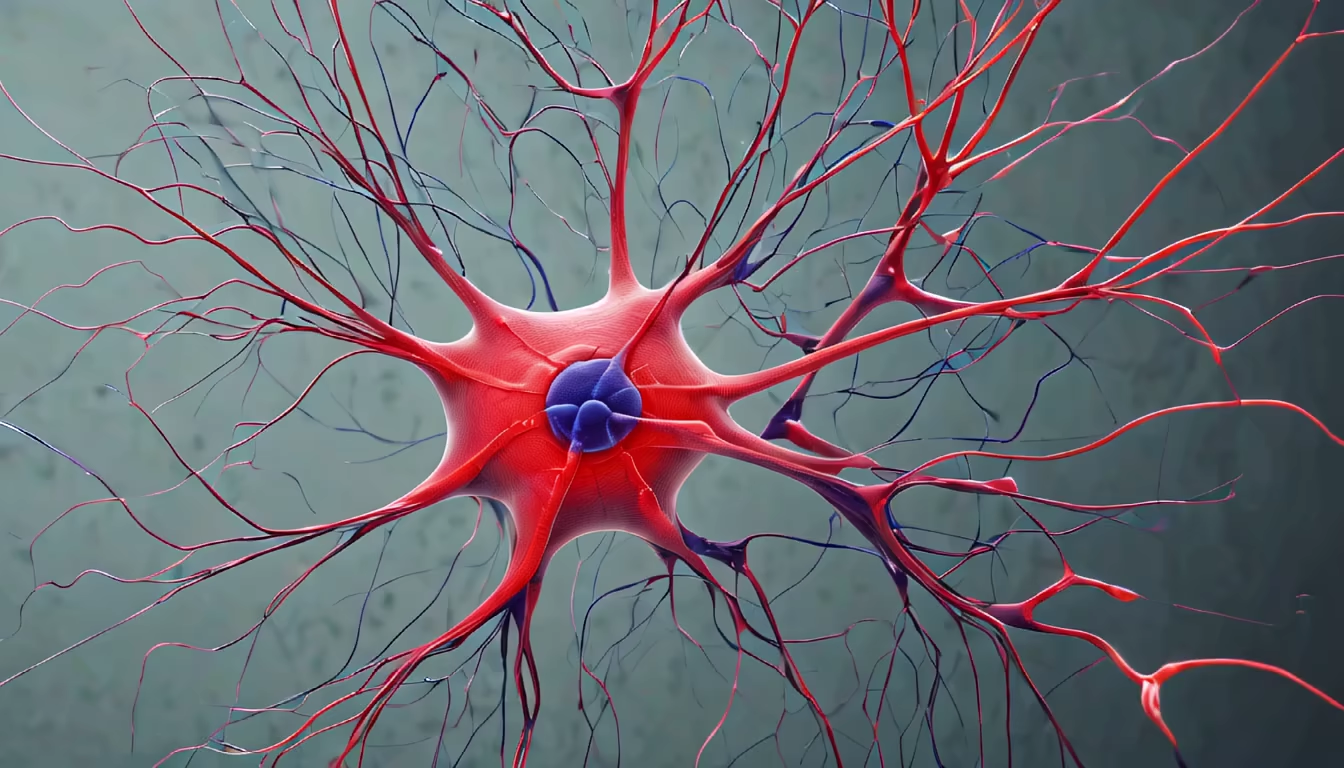
Prompt: schematic illustrates transition zone of functionally graded material, the transition zone is varying continuously from one material to another ,clear and concise without words

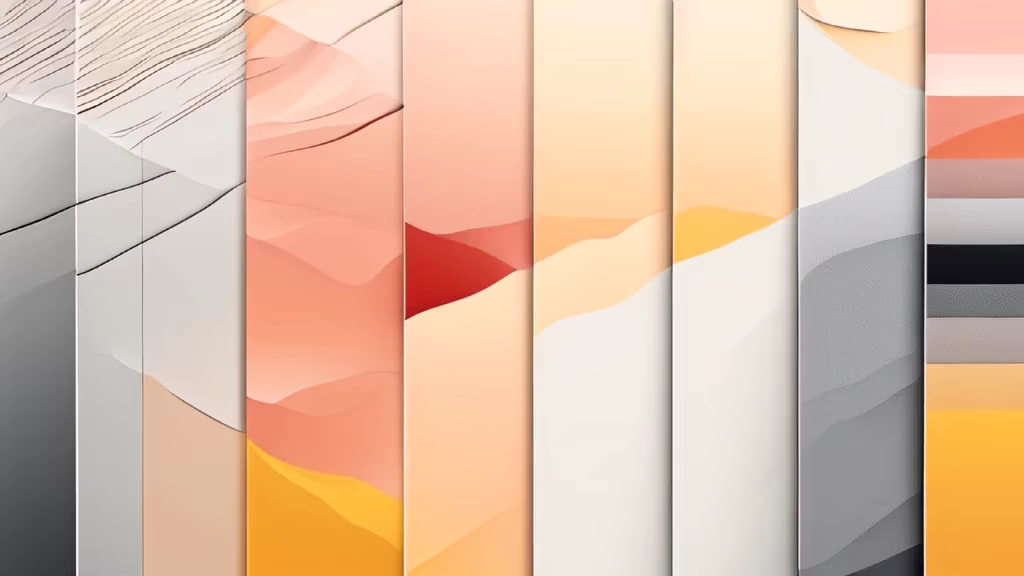


Prompt: 1. Tunneling nanoreactor 2. Engineered nanopipette technology 3. Cyt c encapsulated ZIF-8 nanoparticles 4. Nanoconfined reaction tunnel 5. Single living cell 6. Subcellular H2O2 7. Ionic current signal 8. ZIF-8 triggered enhancement 9. Cyt c enzyme activity 10. H2O2 elimination 11. Molecular dynamics simulations 12. Stability of Cyt c 13. Activity of Cyt c 14. Encapsulation in ZIF-8


Prompt: A software architecture, the front end has multiple widgets that surface some user information; each widget is connected with one or multiple backend Microservices using an API gateway. Each microservice is connected to a NoSQL database. Consider five widgets in total. 2d, drawing of software architecture




Prompt: THIS IS A COMPUTED TOMOGRAPHY OF BRAIN OF A MIDDLE AGED FEMALE.There is nodular hyperdense heterogeneously enhancing lesion measuring 24x17mm seen in grey white mater junction of left parietal lobe with associated moderate perilesional edema causing effacement of sulcal spaces and, mild effacement of occipital horn. Another similar lesion with mild perilesional edema seen in right inferior cerebellar hemisphere measuring 22x13mm.
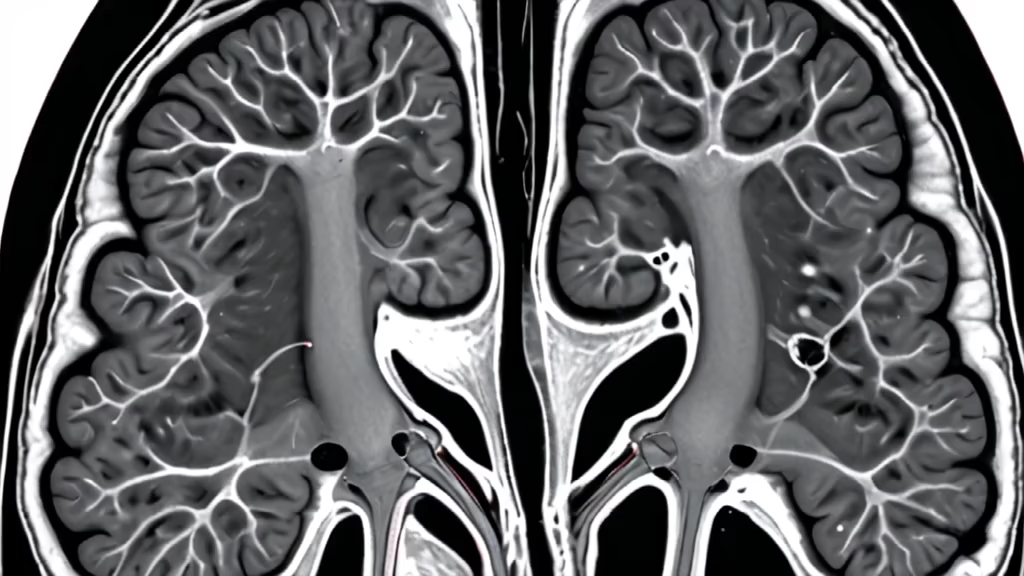
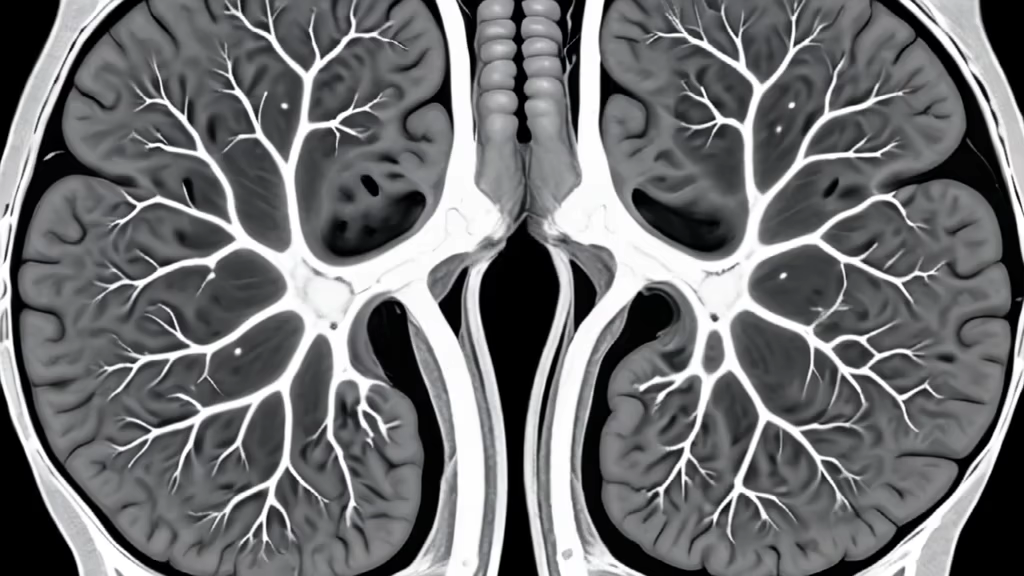

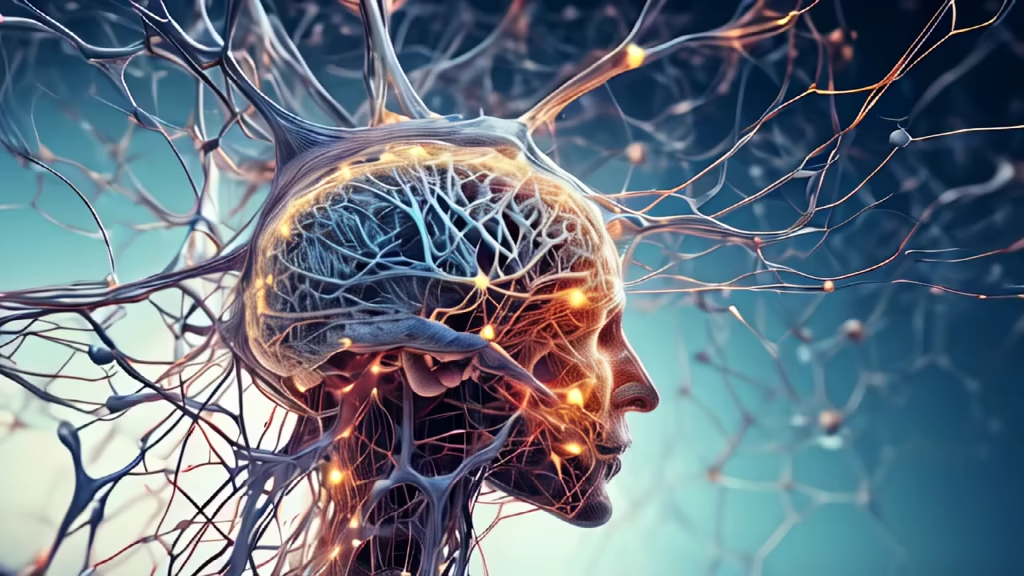
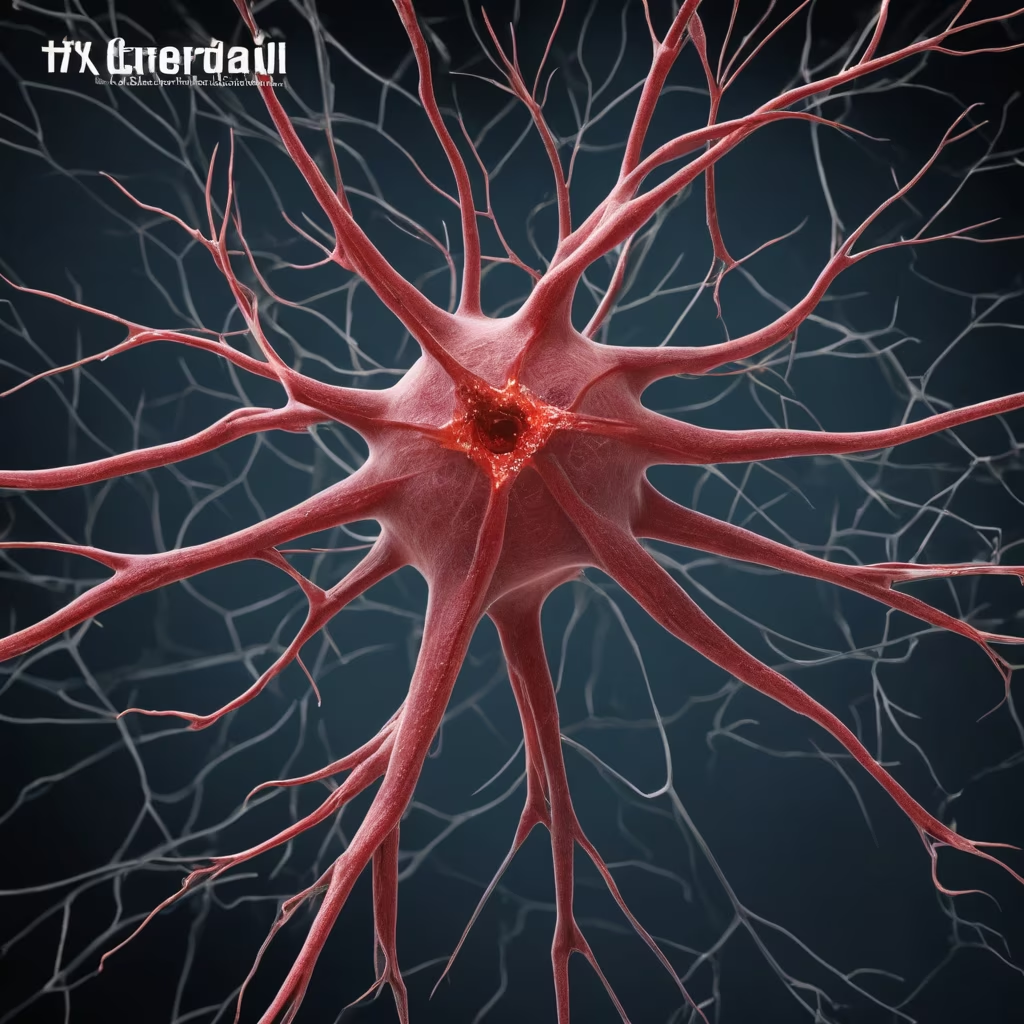

Prompt: Imagine an image of a dynamic, abstract game environment characterized by interconnected pathways and nodes, resembling a sprawling, chaotic network. The nodes represent various aspects of the game—missions, metagame elements, and open-world exploration. Each pathway symbolizes the multiple, diverse ways players can approach and navigate through the game. Random elements, depicted as vibrant bursts of color, permeate the environment, reflecting the embrace of chaos and the unexpected. The landscape suggests the influence of physics, with momentum-driven gameplay evident in the fluid, non-linear design. A level select screen seamlessly integrates with the open-world concept, providing a visual representation of the expansive choices available to the player.


Prompt: In the blood vessels, ribosomes are not directly present or actively functioning. Ribosomes are organelles that function within the cytoplasm of cells, whereas blood vessels are mainly part of the circulatory system, delivering oxygen, nutrients, and other substances to various cells through the bloodstream. Ribosomes inside the cells play a role in protein synthesis, converting amino acids obtained from the bloodstream into proteins to maintain normal cell functions. Therefore, although ribosomes play a crucial role within cells, they are not actively part of the blood vessels themselves.
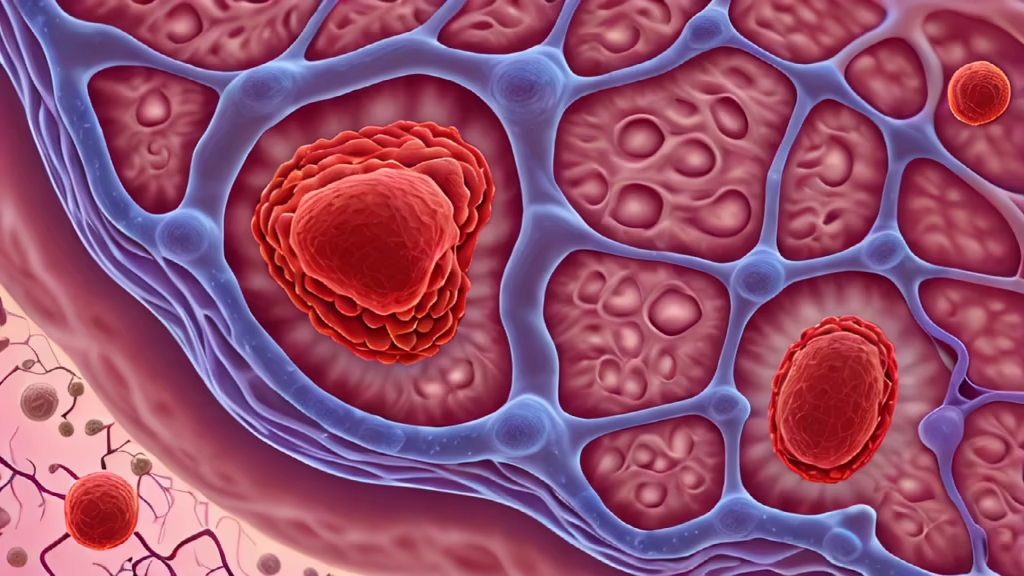
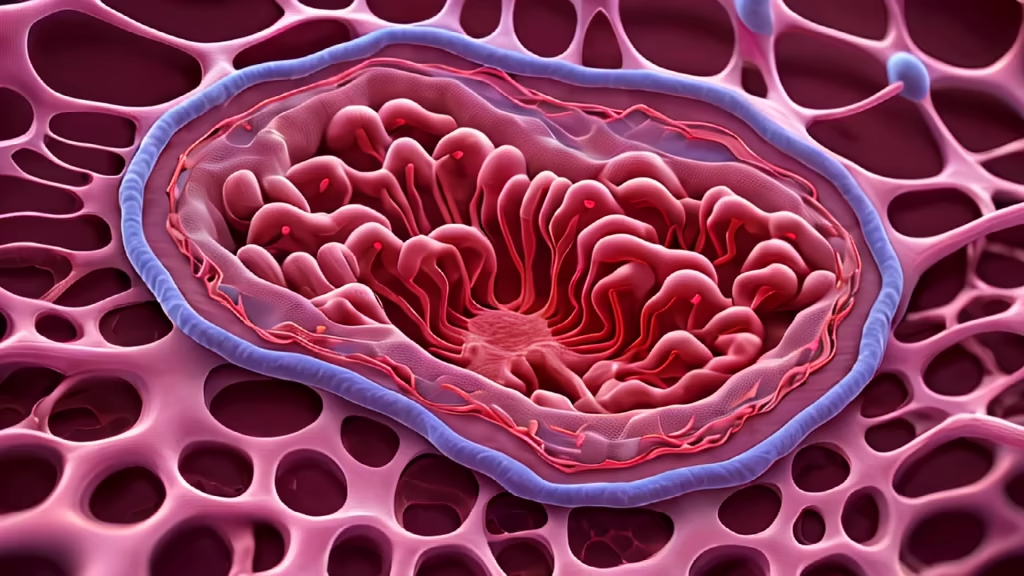
Prompt: In the nightmarish scene, envision a grotesque metamorphosis where the central figure becomes a macabre display of visceral horror. Distorted limbs writhe with unnatural movements, exposing pulsating organs that defy anatomy. Gore oozes from nightmarish wounds, and the very air is tainted with a sickening stench. This grotesque creation embodies the epitome of body horror, transcending the boundaries of decency and plunging into the depths of the most horrifying nightmares imaginable.
Style: Digital Art


Prompt: Brain, neurons, neural pathways, synapses, dendrites, axons, cerebral cortex, intricate network, nerve cells, mind map, tattoo, ink, skin art, dermis, epidermis, permanent, memory, thought, consciousness, psychedelic, neurological, wispy lines, faded lines, scattered, abstract




Prompt: retinal complexity with ocular divisions. psychtropic elevation, archaic intonation, rhizomatic deliberation, fractal emancipation.











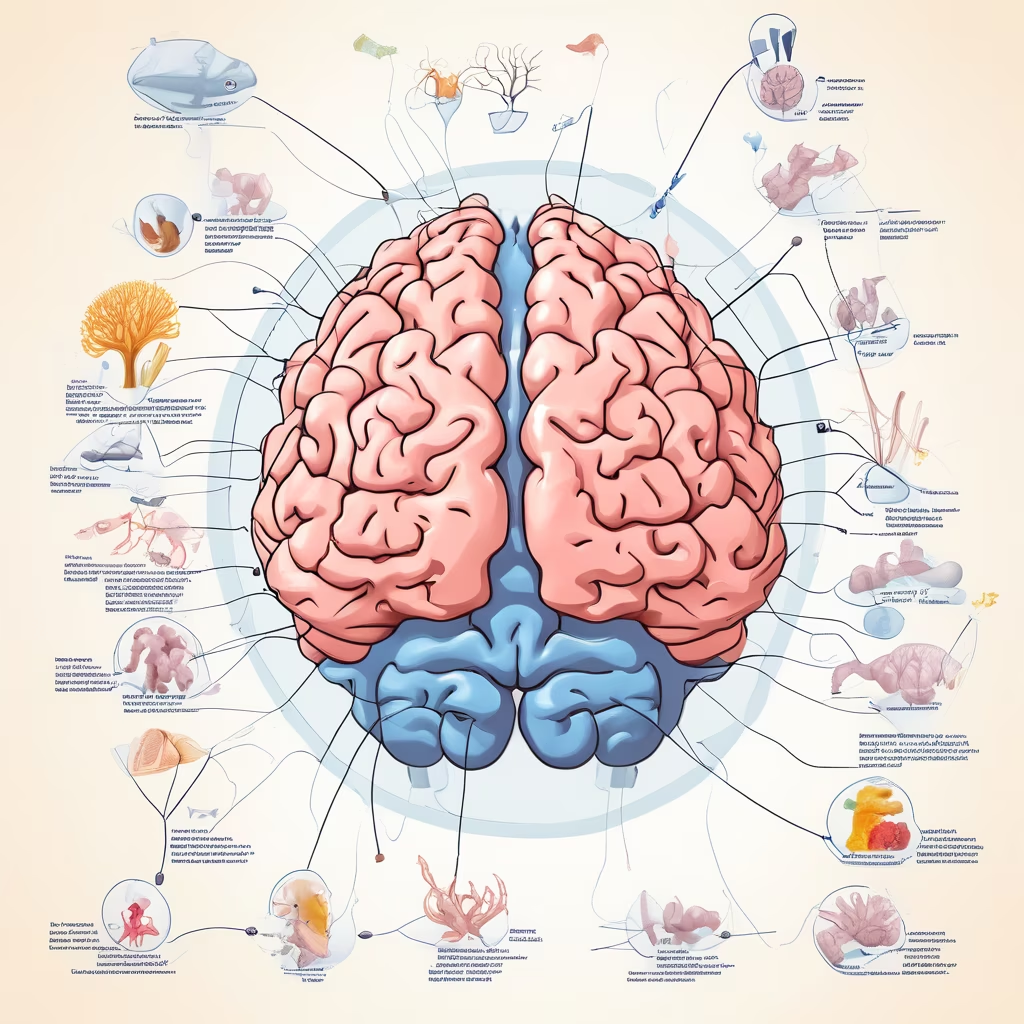


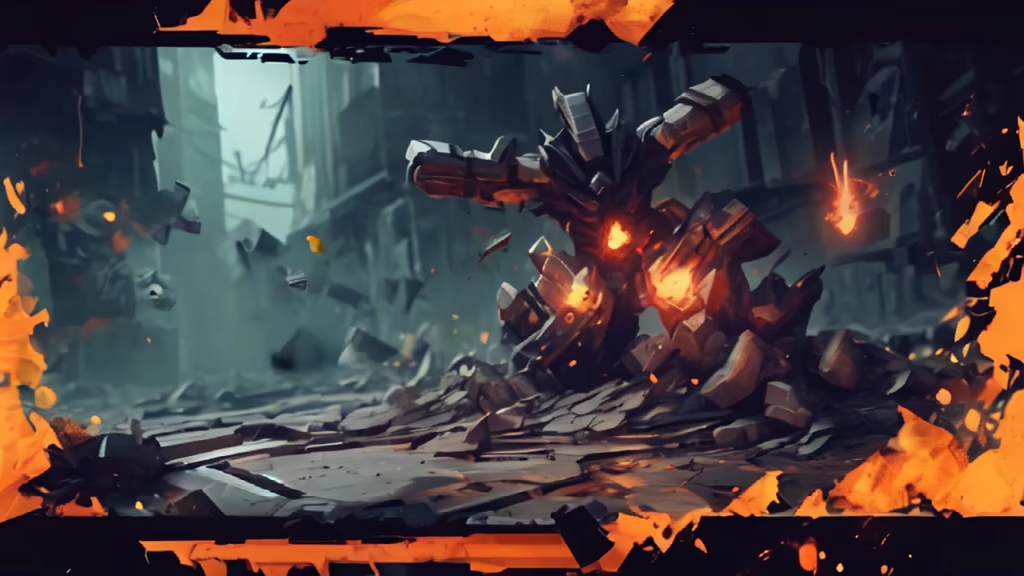
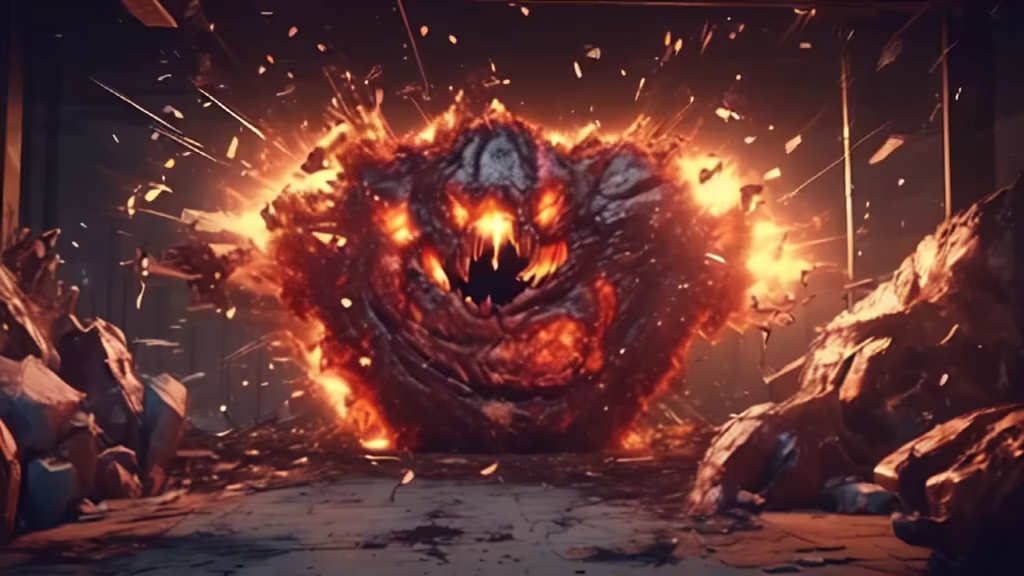
Prompt: Imagine an image showcasing a dynamic game level progression concept. A winding path with interconnected branches symbolizes non-linearity, avoiding a straightforward ascent. Each branch diverges into diverse landscapes, reflecting varied content styles. Obstacles on the path represent challenges, differing not in difficulty but in nature, highlighting the concept of unique experiences.




Prompt: Certainly! Here's a description of a simplified line drawing of a profile view of the brain, including its complete structure, with labels for the following five parts: 1. Brainstem, 2. Cerebellum, 3. Limbic System, 4. Basal Ganglia, and 5. Cerebral Cortex. The background color is white, and the drawing will be created using simple lines and the stable diffusion technique. The profile view of the brain features a clean and minimalist white background. The drawing technique employed involves simple lines that outline the various structures of the brain, combined with the subtle texture of stable diffusion. Here are the labeled parts: Brainstem: The brainstem is clearly labeled, positioned at the base of the brain. It is represented by a straight vertical line, indicating its central location within the brain. Cerebellum: Adjacent to the brainstem, the cerebellum is labeled and depicted as a smaller, curved line beneath the brainstem. Its distinctive shape is captured, showcasing its role in motor coordination and balance. Limbic System: The labeled limbic system is represented by a curved line that encircles the innermost region of the brain. While simple, this line suggests the presence of the hippocampus, amygdala, and hypothalamus, which collectively form the limbic system and regulate emotions, memory, and basic physiological functions. Basal Ganglia: Another labeled component, the basal ganglia, is represented by a series of small interconnected lines near the cerebral cortex. These lines indicate the presence of the caudate nucleus, putamen, and globus pallidus, which form the basal ganglia and play a role in motor control. Cerebral Cortex: The labeled cerebral cortex is depicted with a series of wavy lines that cover the upper portion of the brain. These lines represent the outer layer of the brain and suggest the presence of the frontal, parietal, temporal, and occipital lobes, which constitute the cerebral cortex responsible for higher cognitive functions. By utilizing simple lines and the stable diffusion technique, this profile view drawing of the brain with labeled parts on a white background offers a minimalist representation of the brain's structure.








